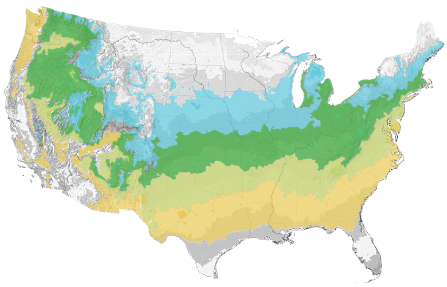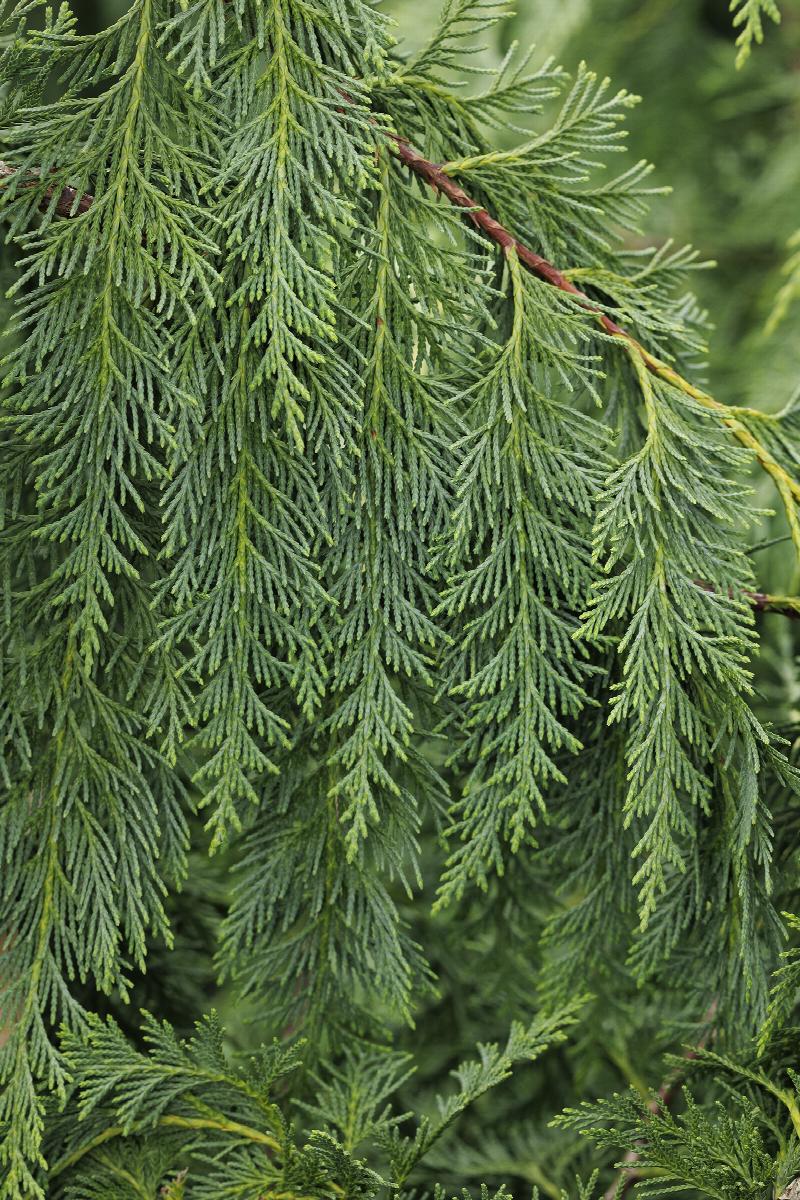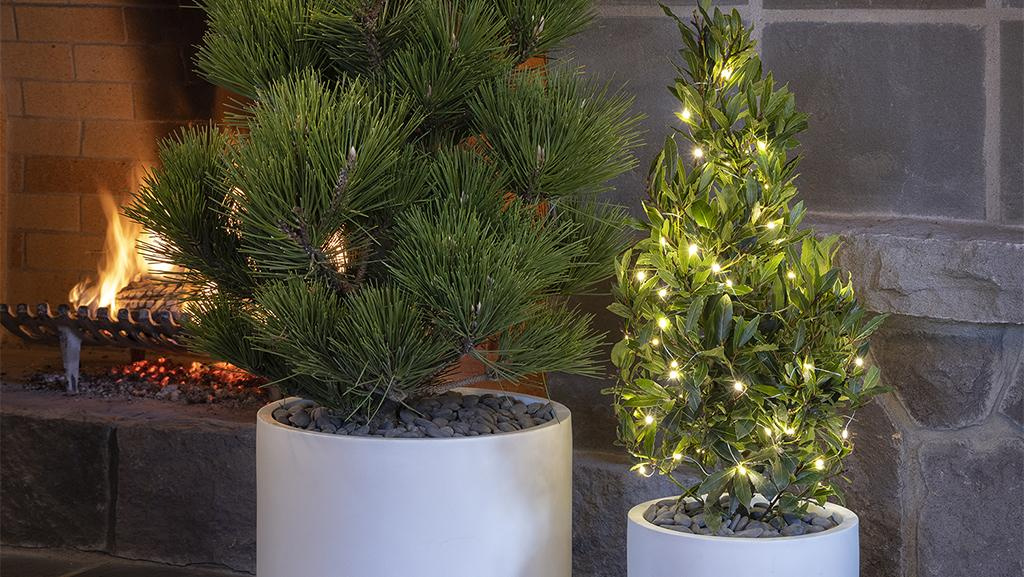Weeping Nootka Cypress
Chamaecyparis nootkatensis 'Pendula'
Pronunciation: kam-e-SIP-a-ris noot-ka-TEN-sis
SKU #02365
| Description | This medium to large pyramidal tree has drooping branchlets with dark gray-green foliage that drape from spreading and upcurved branches. One of the most beautiful of the weeping conifers for dramatically accenting the landscape. This native selection thrives in cool, humid summer climates with above average rainfall. Evergreen. |
|---|---|
| Light | Full sun, Partial sun |
| Watering | Water when top 2 inches of soil is dry. |
| Blooms | Conifer; prized for foliage. |
| Mature Size | Slowly reaches 30 to 45 ft. tall, 10 to 15 ft. wide; larger with age. |
| Deciduous/Evergreen | Evergreen |
|---|---|
| Special Features | Easy Care |
| Growth Rate | Slow |
| Growth Habit | Pyramidal |
| Landscape Use | Privacy Screen |
|---|---|
| Foliage Color | Green |
| Companion Plants | Japanese Maple (Acer palmatum); Arborvitae (Thuja); Oak Leaf Hydrangea (Hydrangea quercifolia); Dwarf Eastern White Pine (Pinus strobus 'Nana'); Flowering Quince (Chaenomeles) |
| Care | Provide deep, average to enriched, slightly acidic, fast draining soil. Protect from drying winds. Water deeply, regularly during the first few growing seasons to establish an extensive root system. Once established, reduce frequency; tolerates mild drought. Apply general purpose fertilizer before new growth begins in spring. |
|---|
This Plant's Growing Zones: 5-8

Your USDA Cold Hardiness Zone:
Your climate may be too cold for this plant
Buy Online
We cannot currently ship this product to your zip code.
Buy Locally
No Retailers found within 50 miles of your zipcode
About Us
We have been pioneers and craftsmen in the art of growing plants for nearly
100 years. Since our founding in Southern California by Harry E. Rosedale, Sr.
in 1926, we have been absolutely dedicated and obsessed with quality.
We have been pioneers and craftsmen in the art of growing plants for nearly 100 years. Since our founding in Southern California by Harry E. Rosedale, Sr. in 1926, we have been absolutely dedicated and obsessed with quality.


